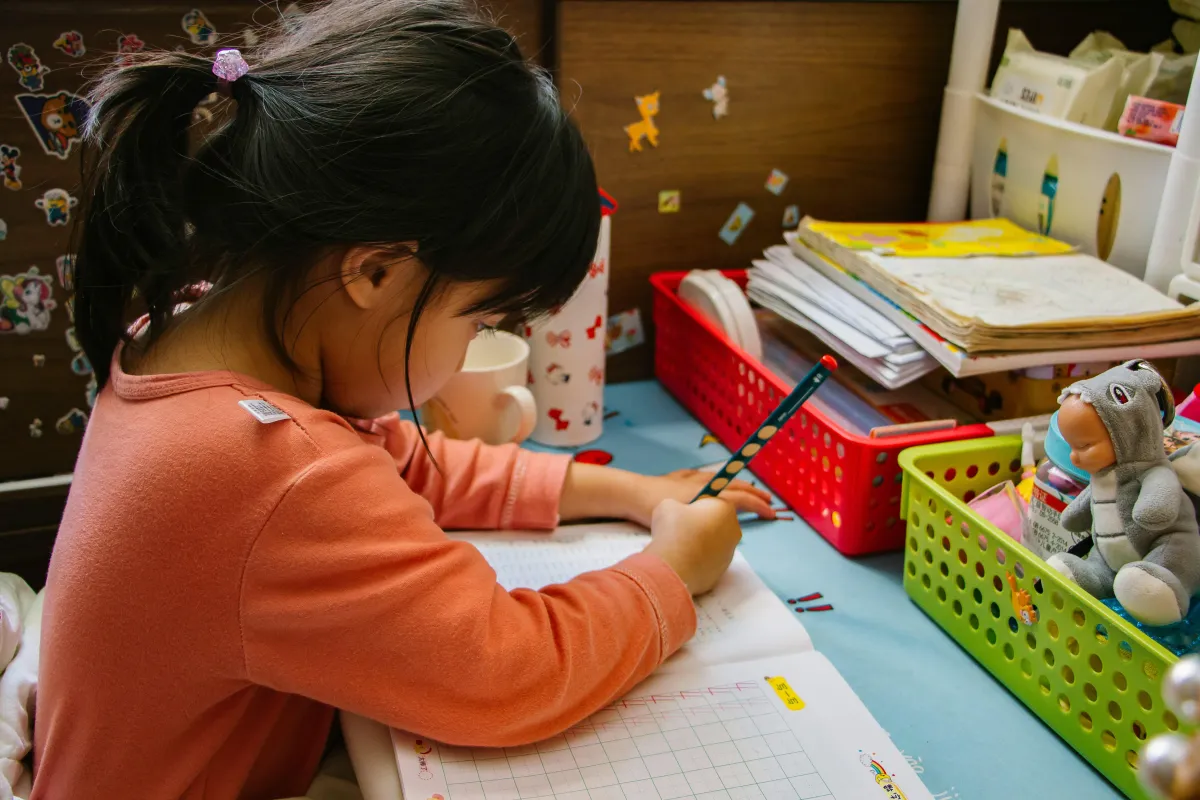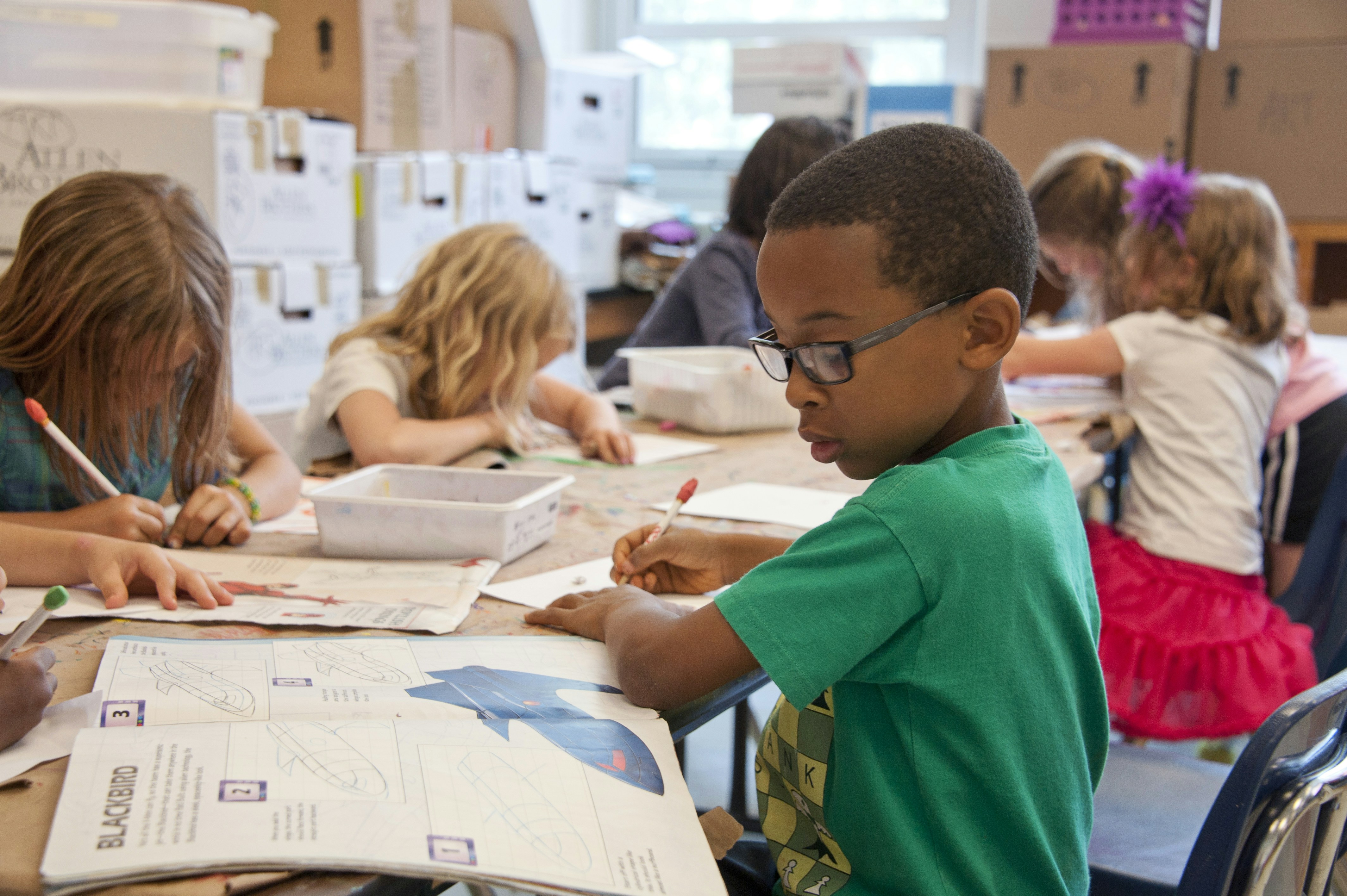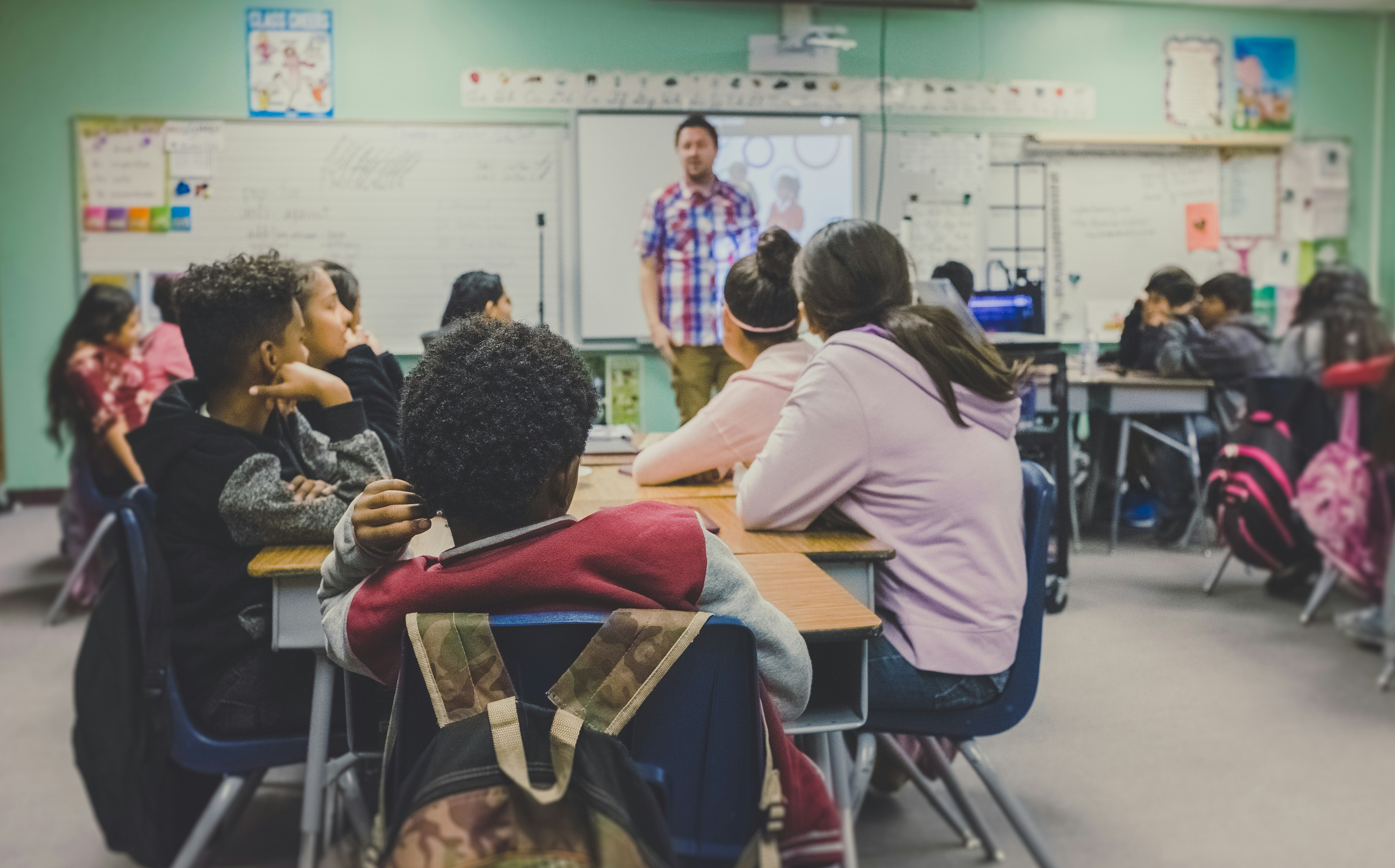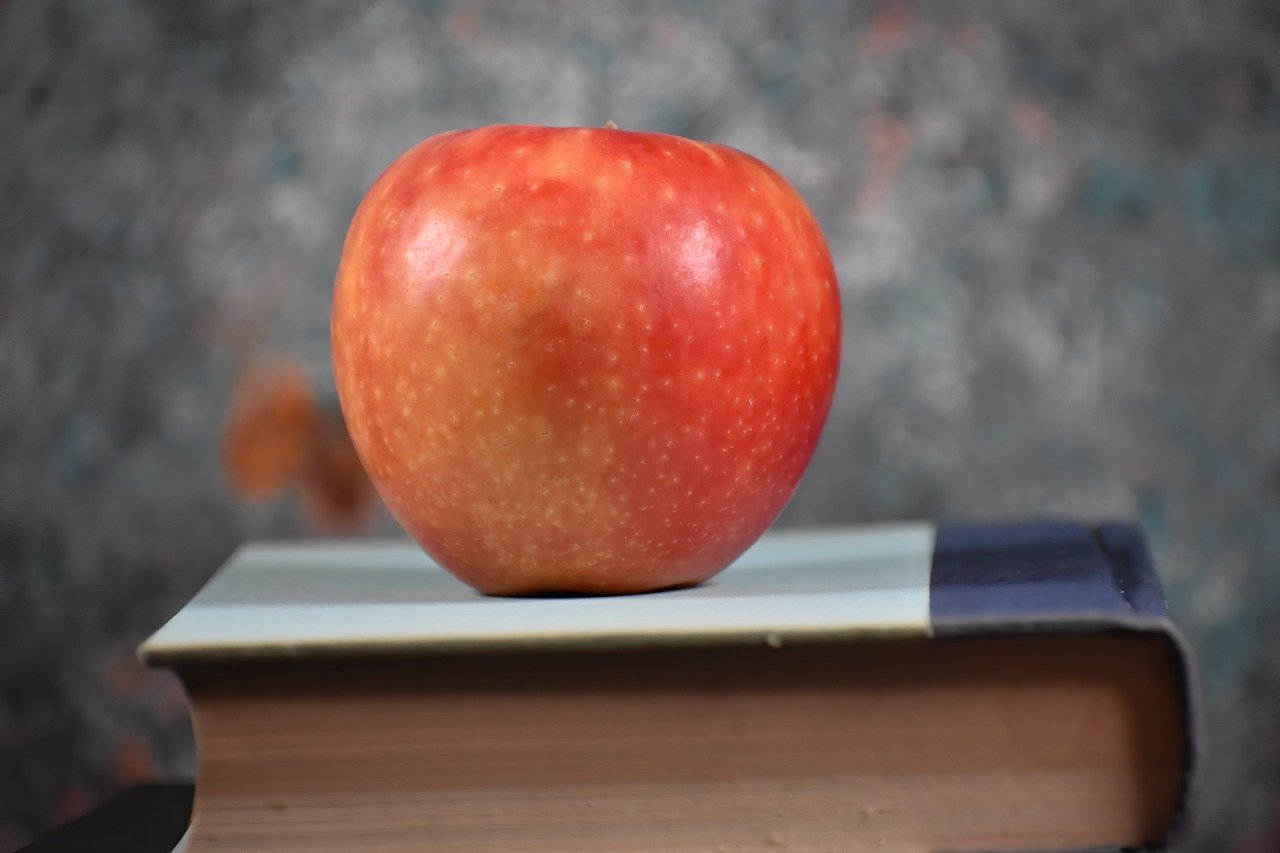
Mastering Classroom Management: Positive Behavior Reinforcement

Use this link to watch the YOUTUBE version of this post.
Welcome to our summer series of Classroom Management by Design for the Primary Teachers. Each week we will give you a new piece to the classroom management puzzle to have in place when you head back to school this fall. Think of it as a Lego kit just waiting to be built.
Classroom Management by Design for Primary Teachers - Week 7:
Mastering Classroom Management: A Primary Teacher's Guide to Positive Behavior Reinforcement
In the dynamic environment of a primary classroom, effective management is the cornerstone of a successful learning experience. As a seasoned educator with two decades of classroom experience, I’ve found that the secret to maintaining an orderly and positive classroom lies in mastering the art of positive behavior reinforcement. This approach not only fosters a supportive and engaging learning environment, but also encourages students to take responsibility for their actions and behaviors.

Techniques for Positive Reinforcement
Positive reinforcement is a powerful tool in any teacher’s toolkit. It’s about acknowledging and rewarding the behaviors you want to see more of, thereby encouraging students to repeat those behaviors. Here are some proven techniques:
Verbal Praise
Simple, sincere verbal praise can go a long way. Recognize students’ efforts and achievements, no matter how small. Phrases like “Great job!” or “I’m so proud of you!” can boost a child’s confidence and motivation. Remember, it’s not just about praising the outcome but also the effort and process.
Non-Verbal Cues
Sometimes, actions speak louder than words. Smiles, thumbs-up, or nods of approval can reinforce positive behavior effectively. Non-verbal cues are subtle but powerful ways to communicate appreciation and encouragement.
Tangible Rewards
While intrinsic motivation is ideal, tangible rewards can be effective, especially with younger students. Stickers, stamps, or small prizes can serve as immediate positive reinforcement. Ensure that these rewards are given consistently and fairly to maintain their effectiveness.
Privileges and Responsibilities
Granting special privileges or responsibilities can be a significant motivator. Allowing a student to be the line leader, classroom helper, or having extra free time are excellent ways to reinforce positive behavior. These privileges not only reward good behavior but also instill a sense of responsibility.
Developing a Reward System
A structured reward system can help streamline positive reinforcement, making it more systematic and effective. Here’s how you can develop a reward system tailored to your classroom:
Identify Target Behaviors
Start by identifying the behaviors you want to encourage. These could be anything from following directions, being kind to classmates, to completing assignments on time. Be specific and clear about these behaviors so students know exactly what is expected of them.
Set Clear Expectations
Clearly communicate the behaviors that will earn rewards and the types of rewards available. Use charts, posters, or classroom discussions to ensure all students understand the system. Consistency is key—students should know that positive behavior will always lead to reinforcement.
Create a Points System
Implement a points or token system where students earn points for positive behavior. These points can be accumulated and later exchanged for rewards. For instance, five points could earn a sticker, while ten points might earn extra playtime.
Ensure Fairness and Consistency
To maintain the integrity of the reward system, it’s crucial to be fair and consistent. Every student should have an equal opportunity to earn rewards, and the criteria for earning them should be applied consistently. Avoid favoritism and ensure that the system is transparent.

Activity: Create a Classroom Reward Chart
Creating a classroom reward chart is an interactive and visual way to track and reinforce positive behavior. Here’s a step-by-step guide to designing an effective reward chart:
Design the Chart
Choose a design that is visually appealing and easy to understand. You can use a poster board, a whiteboard, or even digital tools. Divide the chart into sections for each student or for different behaviors you are targeting.
Set Up Categories and Goals
Establish categories for different types of positive behaviors. For example, you might have categories like “Helping Others,” “Completing Homework,” and “Following Directions.” Set achievable goals for each category to keep students motivated.
Track Progress
Regularly update the chart to reflect students’ progress. Use stickers, stamps, or markers to indicate achievements. Make this a part of your daily or weekly routine to keep the momentum going.
Celebrate Achievements
When students reach their goals, celebrate their achievements with the agreed-upon rewards. This could be a small prize, a certificate, or a special privilege. Publicly acknowledging their success can also encourage others to strive for the same.
Benefits of Positive Behavior Reinforcement
Incorporating positive behavior reinforcement in your classroom management strategy offers numerous benefits:
Improved Classroom Atmosphere: A positive environment promotes better teacher-student relationships and reduces behavioral issues.
Increased Student Motivation: Recognizing and rewarding good behavior boosts students’ intrinsic motivation to learn and participate.
Enhanced Academic Performance: When students are motivated and engaged, their academic performance often improves.
Development of Social Skills: Positive reinforcement helps students develop essential social skills like cooperation, respect, and responsibility.

Practical Tips for Success
To maximize the effectiveness of your positive behavior reinforcement strategy, consider these practical tips:
- Be Consistent: Consistency in your reinforcement approach ensures that students clearly understand the connection between behavior and rewards.
- Be Specific: When giving praise or rewards, be specific about what behavior you are recognizing. This helps students understand exactly what they did right.
- Be Flexible: While consistency is important, it’s also essential to be flexible and adapt your approach as needed. Different students may respond better to different types of reinforcement.
- Involve Students: Involve students in the development of the reward system. This can increase their buy-in and motivation to participate.
- Reflect and Adjust: Regularly reflect on the effectiveness of your strategies and make adjustments as needed. What works for one group of students may not work for another.

Conclusion
Achieving classroom management success through positive behavior reinforcement is a rewarding journey for both teachers and students. By implementing effective techniques, developing a structured reward system, and creating engaging activities like a classroom reward chart, you can cultivate a positive and productive learning environment. Remember, the key lies in being consistent, specific, and flexible in your approach. As you celebrate your students’ successes, you’ll not only enhance their learning experience but also create a classroom atmosphere where positivity and respect thrive.
Embrace these strategies and watch your classroom transform into a harmonious and dynamic space where every student feels valued and motivated to succeed.
